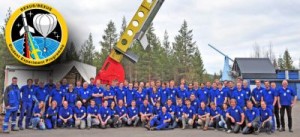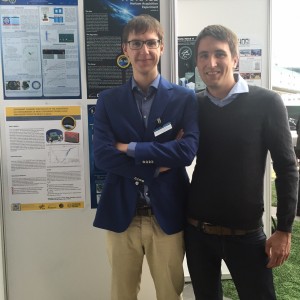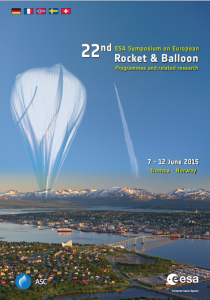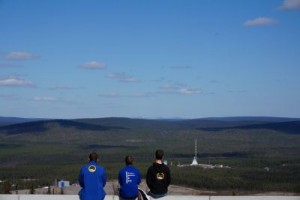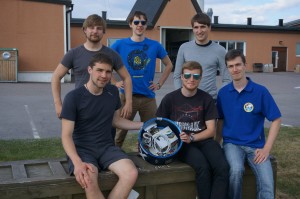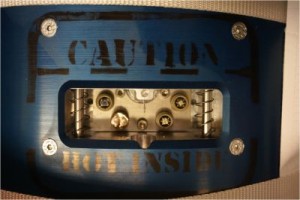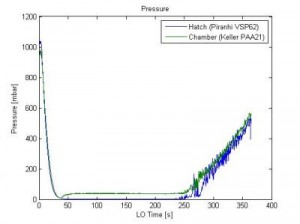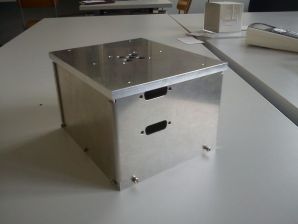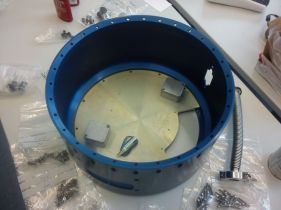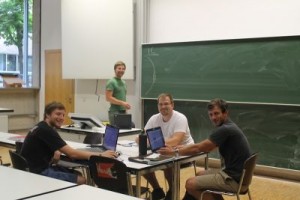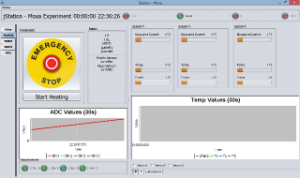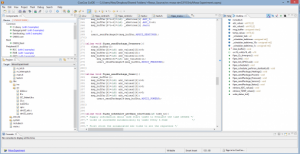This website is dedicated to the students project Measuring Ozone and OXygen in the Atmosphere, which was part of the REXUS15/16 campaign. The campaign took place from November 2012 – June 2014 and involved a team of more than 20 people from the University of Technology Dresden.
The experiment measured the partial pressures of atomic oxygen, molecular oxygen, carbon dioxide and ozone. The sensors were developed at the University of Technology Dresden (TU Dresden) in Germany; the FIPEX sensors (atomic oxygen) were already used for measurements in the low earth orbit (LEO) on the International Space Station in 2008. Especially atomic oxygen is a very important issue in modern space sciences as it is an aggressive corrosive.MOXA is a precursor experiment for the Cube50 project. In this project, 50 picosattelites with a size of only 10x10x10cm³ which will be developed by students and universities all around the globe, will be launched. One of their three payloads will be FIPEX sensors. The launch of QB50 is currently scheduled for 2015.
The launch of our experiment from the only european rocket base in Kiruna (Sweden) took place May 14.th 2014. The REXUS rocket reached an altitude of approximately 100 km (Kármán-Line) and allowed us to measure residual gases in the atmosphere layers between 0-100 km above the ground, the Mesosphere and the Stratosphere. The launch in Kiruna in May 2014 involved many different teams with experiments from different science fields. It was a great experience and we encourage anyone who has the chance to participate in such a project to take a chance!
For upcoming projects from the University of Technology Dresden you can follow the Students’ Research Group for Spacecraft Engineering in Dresden (STARD)
-> http://phpweb.tu-dresden.de/stard/SOMP/index.php?lang=en
For news about Rexus and Bexus follow their new website. Open calls for proposals for both projects are once or twice a year and give you the opportunity to take part!

